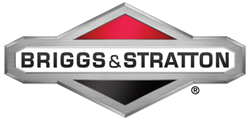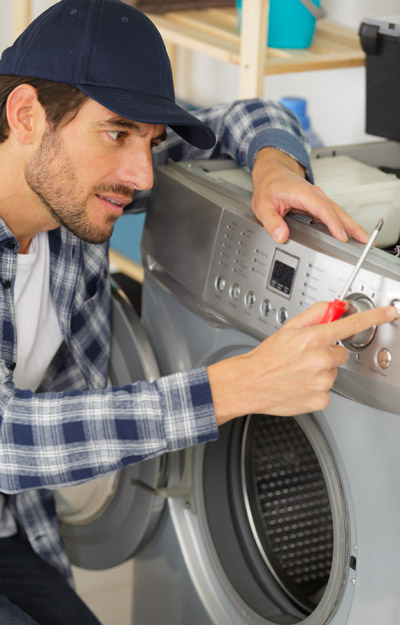Get 10% Off
everything you need for your repair.
SAVE 10% TODAY
When you sign up
Decline Offer
No Thanks
*Offer valid for subscribers only. You can unsubscribe at anytime.
You made the right choice!
SAVE 10% NOW
Use promo code:
at checkout.
Continue shopping
(Click or tap on code to copy.)
We are having some technical issues.
Make sure you haven't got the discount earlier.
Continue shopping
Make sure you haven't got the discount earlier.

































